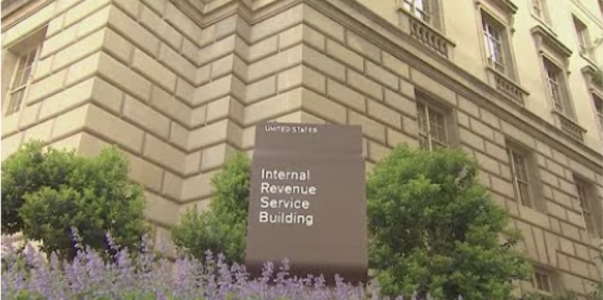Last-minute filing? Discover the secret to getting an IRS tax deadline extension before it’s too late
- Replies 0
Tax Day is closing in—and if you’re still staring at an unfinished return, you’re far from alone.
Life gets messy, documents go missing, and sometimes there just aren’t enough hours in the day.
The good news? The IRS offers a simple way to buy yourself more time.
But you have to act fast—and know exactly how the system works.
Most years, the IRS tax deadline falls on April 15.
To avoid late penalties, you must either file your return or submit an extension request by midnight in your local time zone.

If you’re mailing forms, they need to be postmarked on time.
If you’re filing electronically, your return or extension must be submitted through IRS e-file or tax software before the deadline hits.
With the number of accountants in the US shrinking in recent years, many are now preemptively filing extensions on behalf of overwhelmed clients.
To file for an extension, submit IRS Form 4868. You can mail it in—but financial experts strongly recommend going digital.
The IRS has faced chronic mailroom backlogs, reduced staff, and ongoing transition headaches, meaning paper forms are more likely to be delayed or lost.
One critical reminder: filing an extension gives you more time to submit your return—not more time to pay your taxes. Any taxes owed are still due by April 15.
Otherwise, you could face interest and penalties.
If you live in a state recently impacted by natural disasters, you may already qualify for an automatic extension.
The IRS has offered this relief to residents in areas like Tennessee, Arkansas, and Kentucky.
To see if your state is eligible, visit the IRS website for the most up-to-date list and adjusted deadlines.
Read more:
 Have you filed for a tax extension before? What advice would you give to someone doing it for the first time? Whether you're a seasoned filer or just trying to survive this season, share your experience in the comments. Your insight could ease someone else’s stress—and that’s what the GrayVine community is all about.
Have you filed for a tax extension before? What advice would you give to someone doing it for the first time? Whether you're a seasoned filer or just trying to survive this season, share your experience in the comments. Your insight could ease someone else’s stress—and that’s what the GrayVine community is all about.
Life gets messy, documents go missing, and sometimes there just aren’t enough hours in the day.
The good news? The IRS offers a simple way to buy yourself more time.
But you have to act fast—and know exactly how the system works.
Most years, the IRS tax deadline falls on April 15.
To avoid late penalties, you must either file your return or submit an extension request by midnight in your local time zone.

Discover the secret to getting an IRS tax deadline extension before it’s too late. Image Source: 11Alive / YouTube
If you’re mailing forms, they need to be postmarked on time.
If you’re filing electronically, your return or extension must be submitted through IRS e-file or tax software before the deadline hits.
With the number of accountants in the US shrinking in recent years, many are now preemptively filing extensions on behalf of overwhelmed clients.
To file for an extension, submit IRS Form 4868. You can mail it in—but financial experts strongly recommend going digital.
The IRS has faced chronic mailroom backlogs, reduced staff, and ongoing transition headaches, meaning paper forms are more likely to be delayed or lost.
One critical reminder: filing an extension gives you more time to submit your return—not more time to pay your taxes. Any taxes owed are still due by April 15.
Otherwise, you could face interest and penalties.
If you live in a state recently impacted by natural disasters, you may already qualify for an automatic extension.
The IRS has offered this relief to residents in areas like Tennessee, Arkansas, and Kentucky.
To see if your state is eligible, visit the IRS website for the most up-to-date list and adjusted deadlines.
Read more:
- Are you in one of the states with extended tax filing deadlines? Find out now!
- Time’s almost up—key tax move could save you a hefty fine
Key Takeaways
- The IRS tax deadline for filing taxes in the United States is on April 15, with options for extension.
- Taxpayers can request a deadline extension using IRS form 486 and are encouraged to file electronically due to potential delays with postal mail.
- Filing an extension grants additional time to submit paperwork but does not extend the deadline for tax payments due on April 15.
- Residents in several states affected by severe weather events may automatically receive an extended deadline for filing taxes.






